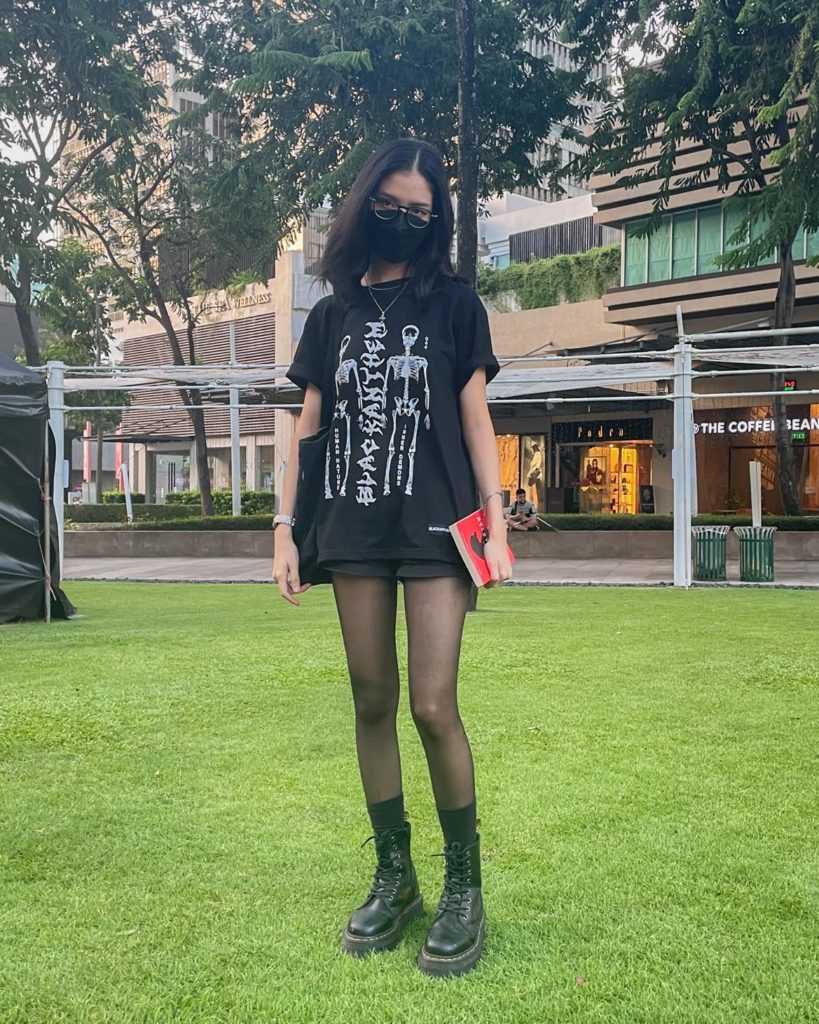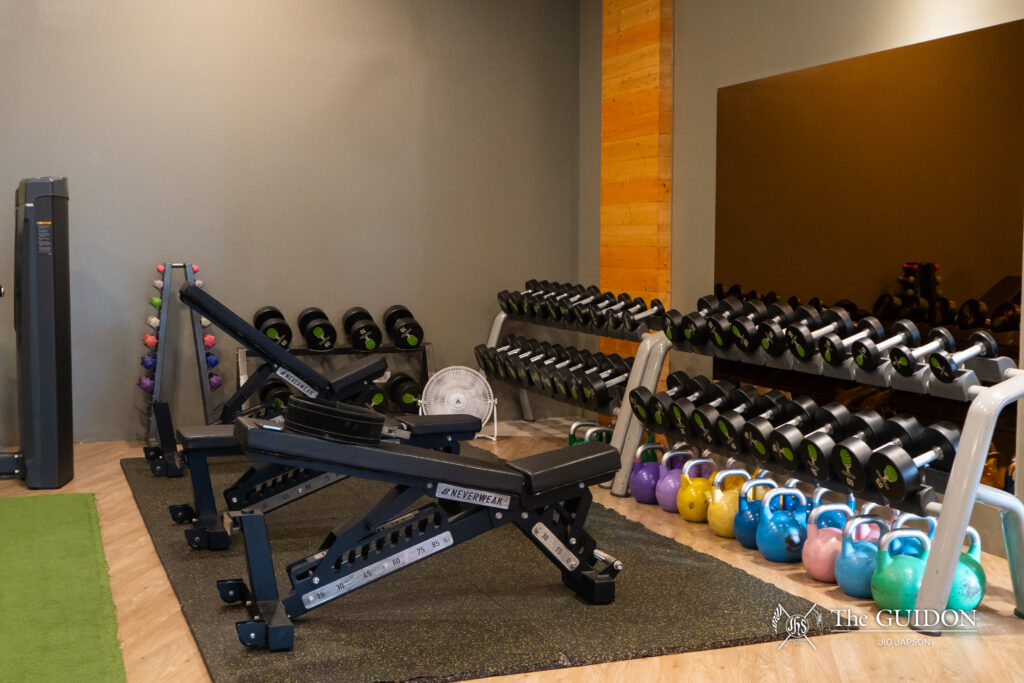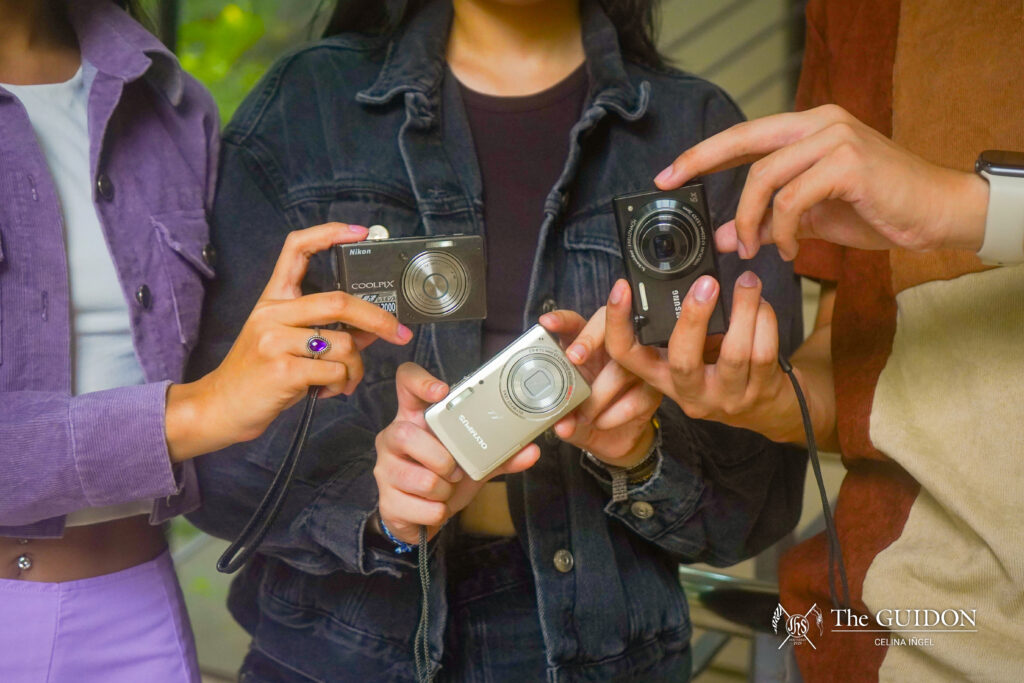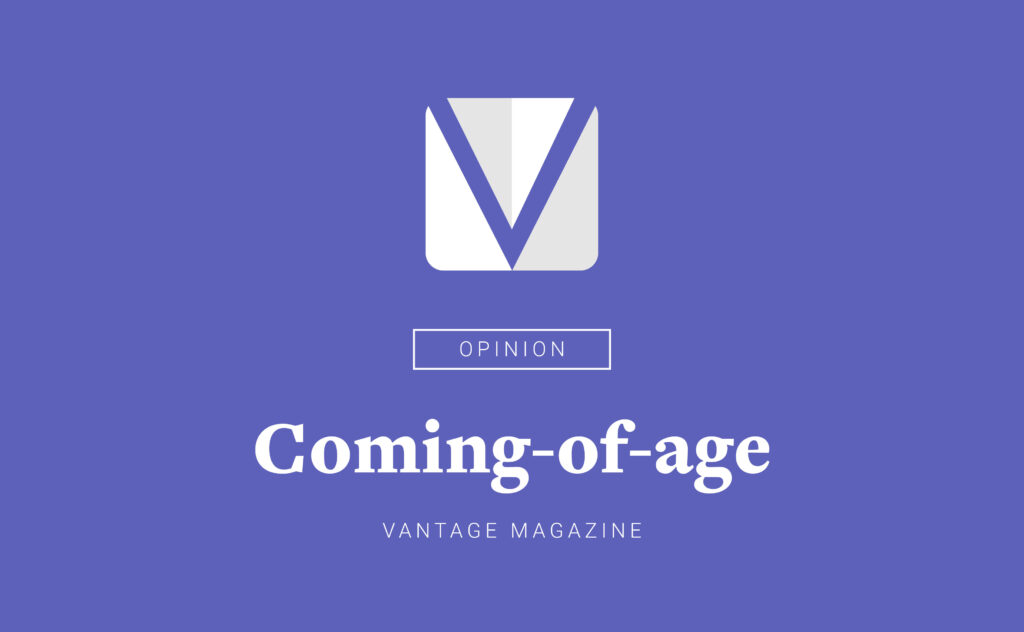Andy Sachs may have not been interested in fashion throughout the beginning of The Devil Wears Prada (2006), but that doesn’t mean it’s just “stuff.” To echo Miranda Priestly, fashion is definitely more than surface-level thought and novelty. It can signify mood, comfort, and a number of other things.
Expressing oneself and one’s beliefs are not limited to speaking and voicing them out. These three Ateneans tell us about the role of fashion in their lives—and how garments are definitely more than just “stuff.”
Cal A. Lim Tolentino: Accessibility and acceptance

The Gay Agenda PH grounds its origin from the inaccessibility of pride paraphernalia in the country. Its founder Cal Lim Tolentino shares that the shop didn’t exactly start out as a business idea. The Gay Agenda PH only became a fully-fledged shop after more people expressed interest in purchasing their pride-themed items.
“It was just a way for a bunch of gay teenagers to own the pride merch they’ve always wanted but couldn’t afford because international shipping is absolutely ridiculous!” he says.
Besides providing better access of LGBTQIA+ clothing pieces and accessories, the shop serves as an avenue to fight for the equality and acceptance of the community. Tolentino believes that fashion has the capability to spark discourse and call attention to particular advocacies.
Essentially, Tolentino stands by the fact that fashion allows people to be their authentic selves. Since the LGBTQIA+ community has long been rendered invisible, Tolentino says that seeing people from the community dress in unconventional ways empowers other LGBTQIA+ members.
“If fashion didn’t have any power, then institutions wouldn’t be so hell-bent on censoring what we wear, right?” he states.
Dani Tan: Conscious joys

For people like Dani Tan (3 BS BIO), making clothes began as a way to “wear things [she] really loved.” Dani’s love for fashion already expresses something about herself and what she feels happy in. On a deeper level, her passion for the environment informs her making process.
This love for both fashion and the environment is not one without compromise. Rather than feeling discouraged by the fashion industry’s negative impacts, Dani pushed herself to take a more proactive approach in minimizing waste and carbon footprints. She alters currently-owned pieces and looks out for deadstock fabrics which would have ended up in landfills.
She explains that a person becomes aware of the factors at play, as well as the time and energy required to make clothes if one involves themselves in its production.
“When you pay 500 pesos for [a garment,] in that 500 is the price of the raw materials, energy consumed, service fees, [allowance] for transportation, marketing fees, and of course, profit,” she says.
With these factors in mind, Dani has stopped buying from fast fashion brands for years now. However, she recognizes that this is not viable for everyone. In contrast to the “just don’t buy” argument, Dani’s practices indicate a more conscious way of mediating what seems like conflicting passions.
Dani may not be the most vocal about her beliefs and actions, but she shows that there is always a way to find joy in fashion.
C Crespo: A nonexistent box

Fashion and style may often be misconstrued for one another, but C Crespo (2 AB COM) notes that the latter term is where agency and choice come deeper into play. Fond of styling readymade pieces, C experiments by focusing on silhouettes and shapes while sticking to a palette of blacks and whites. Androgynous clothing and streetwear are references they pull from frequently.
As their style grew in the process of discovering their gender expression, C shares: “I think when it comes down to it, you know how you [feel,] what you’re boxed into, and how heavily fashion plays into that.”
This realization was empowering for C, and it is something they associate with maturity as they got older and discover what they’re truly comfortable with. Their androgynous style is less an expression of their gender and more of an ode to the maturity which has allowed them to grow more comfortable with fashion and themself.
While the responses to their style are mostly positive, it was definitely not without contention. C shares that they can’t always please everyone, and there was even a moment wherein they were told, “you dress the way that men fantasize about girls.”
Being comfortable in your style doesn’t equate to being unaffected by the harmful things that may come your way. Nevertheless, in a life where one makes multiple concessions, C optimistically looks to fashion as something they have control over. Not every circumstance is ideal, but fashion is not a limited category. It is up to C to decide what they want to wear.
One day, they might be wearing a form-fitting dress, and, in another, they might be wearing sweats and a hoodie; neither are deviations—only choices made from an endlessly growing view on style and oneself.
Socio-political views aren’t only expressed through words anymore. No matter what beliefs one champions, these three individuals have made it clear that fashion is an effective means to vocalize and realize our personal advocacies. Whether it be through selling accessories, making one’s own clothes, or wearing what one feels most comfortable in, there are a lot of ways in which one can wear their beliefs on their sleeve–literally.






